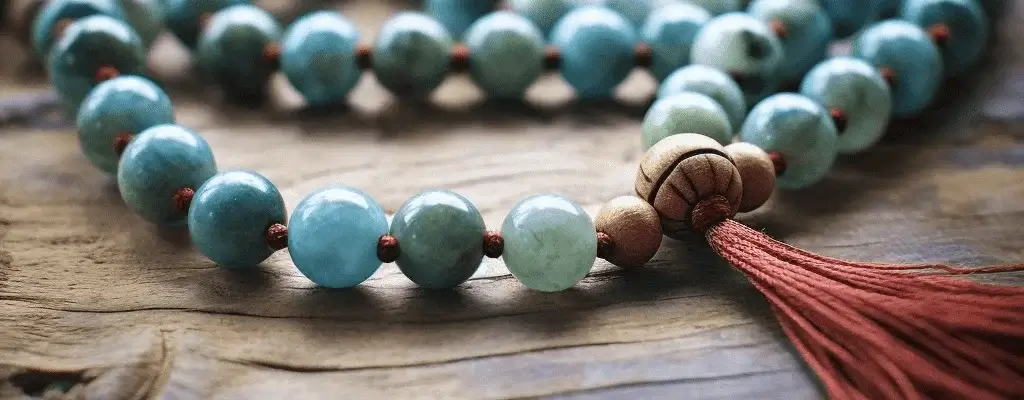If you want to try to incorporate a few yoga poses as a supplement to your running training at home on the living room floor, the following 3 yoga poses are some of the best poses to supplement a form of training characterized by monotonous movement patterns.
This blog post is about running and yoga, but applies to all forms of exercise that include an element of endurance and repetitive monotonous movement patterns, such as football, handball, tennis, basketball, cycling, and swimming, to name a few.
I always recommend that you start your yoga training with the help of a yoga teacher, both to ensure that in the long term, you have a varied, challenging training routine that helps to ensure development over time but also to ensure that you do not simply increase the stress load on the body and creates imbalances and injuries.
3 good poses to start with at home on the floor are.

Poses 1 – Legs up the wall (Viparita Karani)
The pose is a gentle version of an inverted pose. It is perfect for runners, as having the legs raised above heart level reduces the strain on the heart as well as the muscles and joints in the legs. It provides the opportunity to release tension in the lower back and hips and includes a meditative aspect.
If your body feels uncomfortable in any way, and you can’t get quite close to the wall due to tight hips, then instead perform the position with your legs bent at 90 degrees over a chair to start with. If you are challenged in the lower back, you can place one or more folded carpet(s) under the lower back and slightly away from the wall.
If you extend your arms above your head, you achieve an opening stretch across your chest as well.
Lie in this position for 10 minutes, either after a training session or in the evening before going to bed.

Pose 2 – Down Dog (Adho Mukha Svanasana)
Down Dog is a pose you can keep improving and developing over time. The pose stretches the entire back side of the body and is often used as a transitional position and “pause” pose.
But don’t be fooled by its seemingly simple expression. Down Dog is a challenge for both beginners and experts. It is part of the Sun Salutation series and, depending on how it is used, can be active as well as passive. A pose that, like Legs up the wall, turns your world upside down and activates muscles and connective tissue throughout the body.
Make sure to try to extend the heels down towards the ground, possibly place a folded blanket under the heels, suck in the lower part of the stomach, and send the hips backward and upwards towards the ceiling. It is crucial that you place the weight in the hands in the entire palm and not just the wrists, and try to create a straight line in the upper back.
Down Dog is usually included as part of a series, so you can advantageously use it as the transitional position between Lunges. Stay in the position for 5 deep breaths.
Disclaimer – The pose is quite taxing on beginners. Bend your legs instead of ending up with an arched back, and if needed come down knees to the floor, resting on bent legs, and focus on extending through the arms and upper body.
Also, check out “5 things yoga and running have in common“

Pose 3 – Lunge (Ashta Chandrasana)
Lunges in yoga consist of a large number of different poses. For runners, lunges are a perfect supplement to running, as they work with a wide range of muscles that are not necessarily activated in connection with running.
To start, place the back knee on the floor, and preferably place a folded blanket under the back knee. A lunge can be performed as a High Lunge – back knee lifted, or Low Lunge – back knee on the floor (and in a whole range of other ways 🙂
The 2 positions are not necessarily an easy or difficult version of a lunge, but two variations that each allow you to work with specific muscle groups.
As I said, there are a large number of variations of this pose, which are too extensive to describe here.
But you can use the following guidelines as a starting point.
Forward-bent Lunges focus on opening the hips and if you place yourself with the upper body lifted, a focus on the Quadriceps (front thighs) comes into play. The position can also be performed with a twist in the upper body, which results in a focus on the muscles on the outside of the hip and as a side stretch focusing on the broad back muscle and the abdominal muscle.
An alternative Lunge is the “Runner’s Lunge”, which is performed with a backward-directed body in a forward bend and a stretched front leg for an additional hip stretch. The work with lunges results, among other things, in greater mobility and flexibility, which helps to give a better stride length when running.






